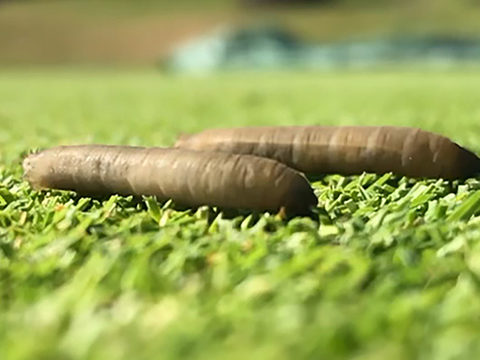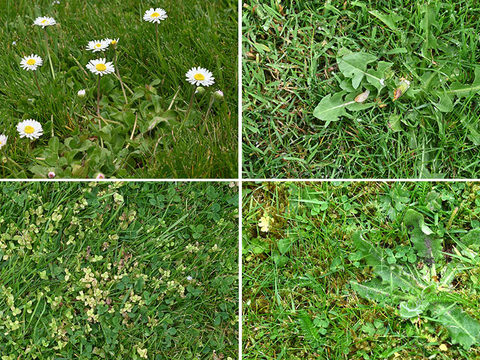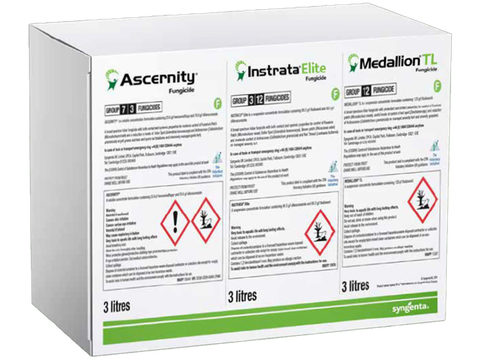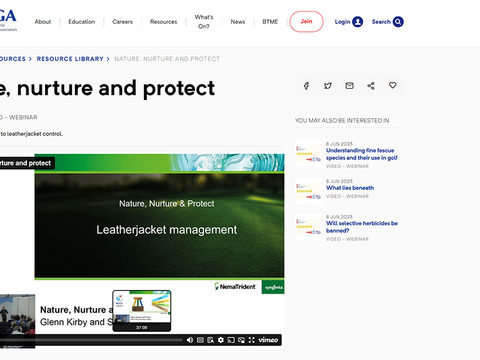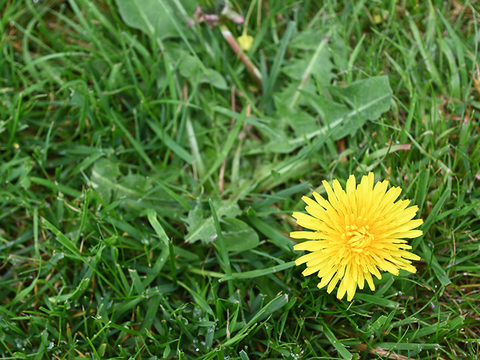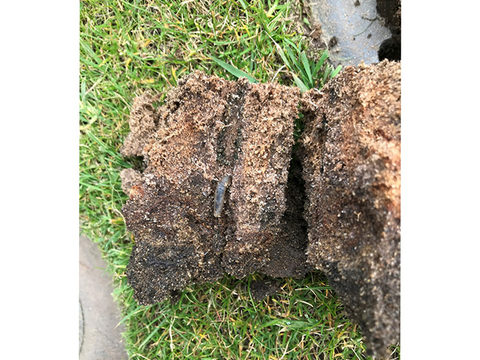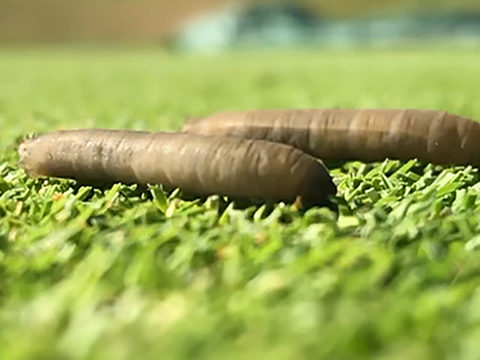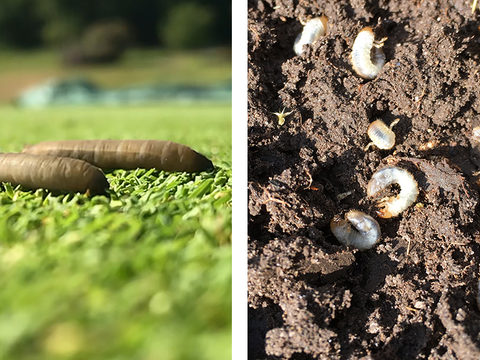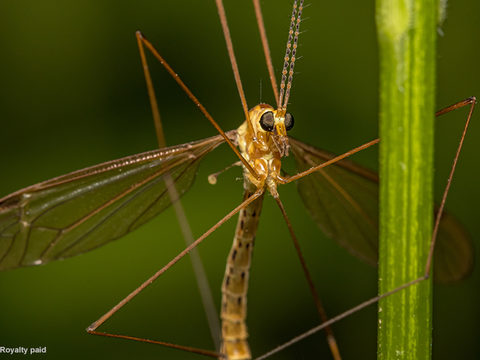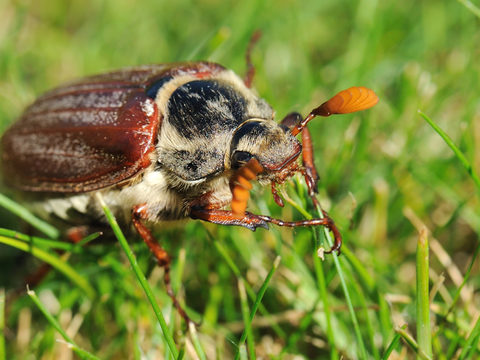GreenCast in UK and Ireland - Rescue stops Ryegrass in its tracks
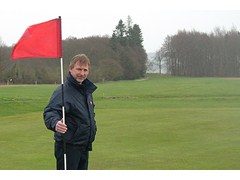
Ryegrass is no friend of greenkeepers trying to produce fine, true and consistent putting surfaces, according to Lullingstone Park Golf Club course manager, Melvin Tassell. Although good for high wear areas, coarse grasses are a real problem in greens, particularly in the spring due to the uneven growth at that time of year when finer leaf species are slower to start growing. Melvin reports he was highly impressed with the effect of the Rescue treatment made last autumn to tackle the coarse ryegrass present in the Club's greens.
Located near Orpington to the south east of London, Lullingstone Park's 18-hole course is described by Mr Tassell as being of inland links-style laid out in an ancient deer park. Measuring 6770 yards, the course is very hilly and has undulating, free-draining fairways. Greens are old-style soil type supporting a mixture of poa, fescues and bents with long, slender grasses in the rough.
Why ingress of coarse ryegrasses happened on the greens remains open to question. The seed could have drifted onto the greens in the wind following a major reseeding of high wear areas the previous year. "It was very wet when we reseeded so it is possible also that seed was walked onto the greens by golfers from the newly-sown bunker surrounds and walkways," recalls Mr Tassell. "Whatever the cause, the ryegrass influx was very noticeable last spring on virtually all 18 greens, plus the putting green."
Having learnt about Rescue from Scotts' Technical Area Sales Manager, John Noyce, he was keen to use the product. "However, it was still undergoing trials and, whilst results were looking promising, I had to wait until it had gained full label approval before we received our first delivery. Ideally I would have liked to apply it a little earlier, but the pack arrived on the course in the first week of October 2009 from our local distributor, Collier Turfcare, and was applied to the greens within a day or two, followed by overseeding." The Rescue was applied by knapsack sprayer at a concentration of 40ml mixed in 15 litres of water - equivalent to 10ml per 100m2 or one litre per hectare.
Mr Tassell points out that the initial Rescue applications had a marked impact on the ryegrass, but poor growth conditions since have left the greens a little bare in places. Plans are now in hand to apply it again when soil temperatures rise to above 10 degrees C. As part of an integrated approach, this treatment will be accompanied by overseeding, preceded by brushing to help stand up the fine fescue grasses. He plans further Rescue applications in July or August this year followed, hopefully, by early autumn treatments annually thereafter.
A user of Scotts products for many years, Mr Tassell also uses H2Pro wetting agent and after an initial application of Greenmaster Pro-Lite Invigorator at the beginning of spring to stimulate healthy growth, he switches to Greenmaster Liquid 10-0-10 applications every four weeks once growth has kicked in.
"Initial results with Rescue and the technical backup from John have given me confidence that we will overcome the problem and be able to concentrate again on maintaining the best possible golf greens throughout the year."
Click here for more information on Rescue.
If you have any questions on how Rescue may help restore fine turf quality on your course, or any experiences with Rescue that you think may help others, please post a comment on the Rescue Forum.

